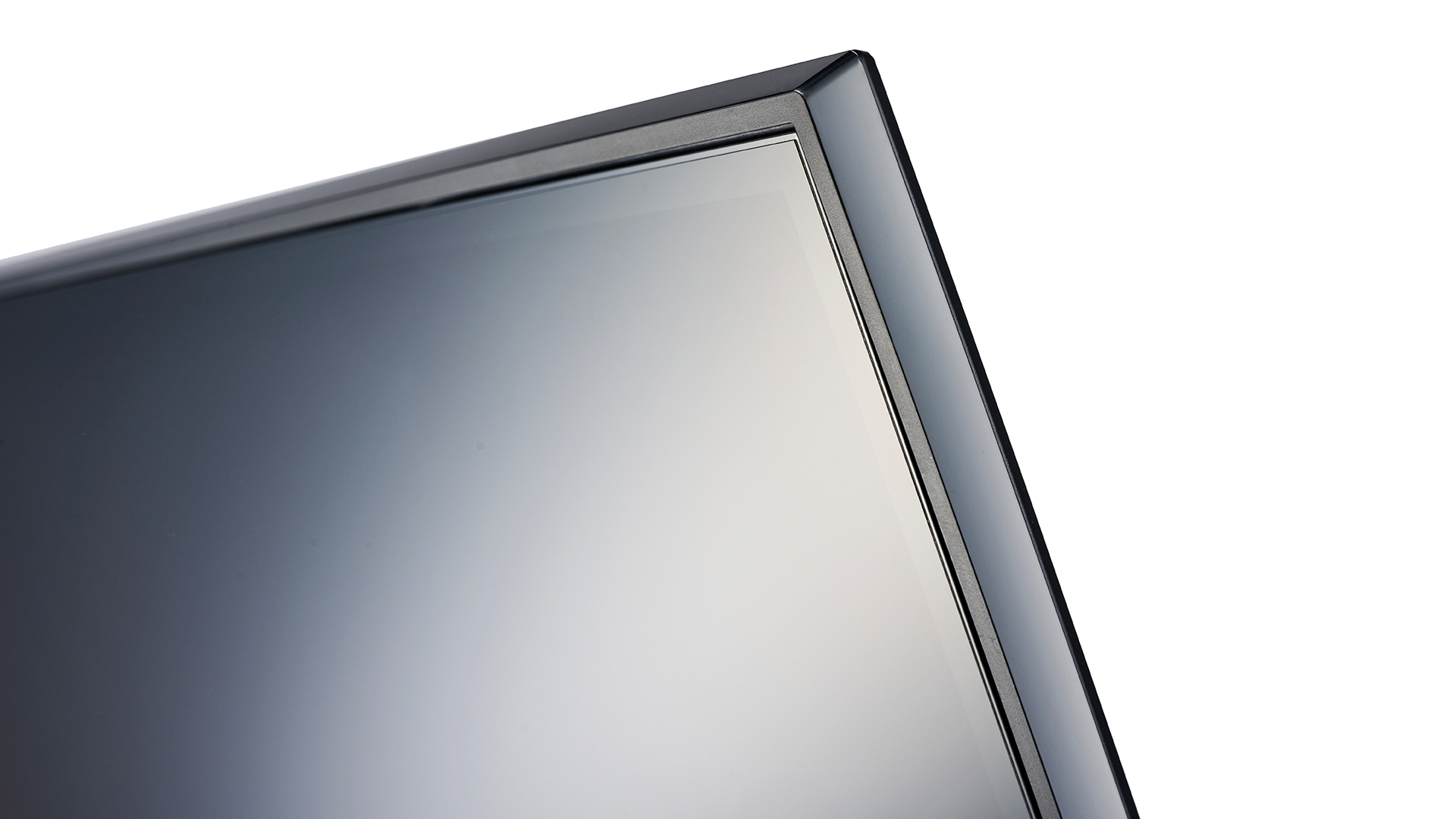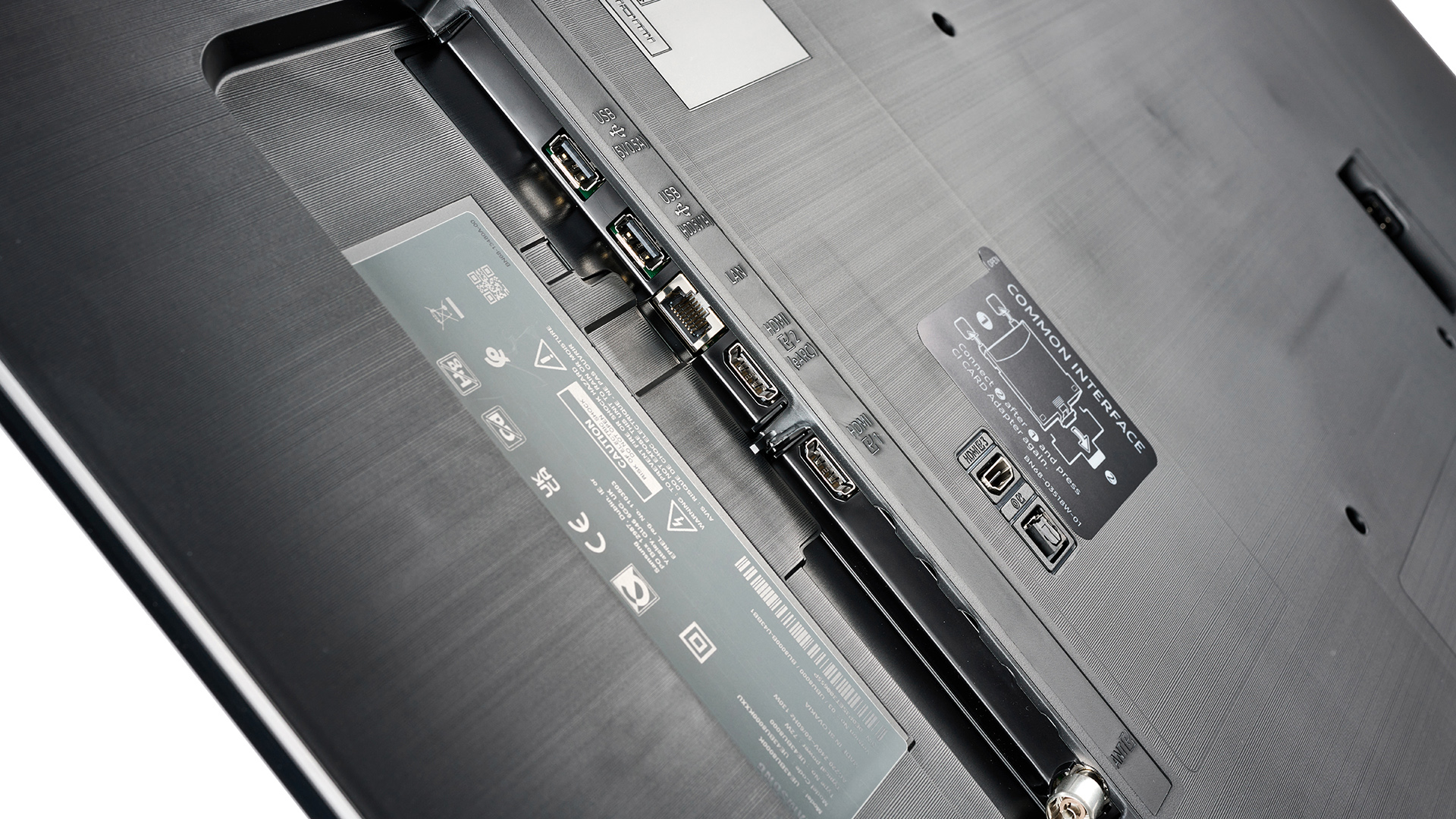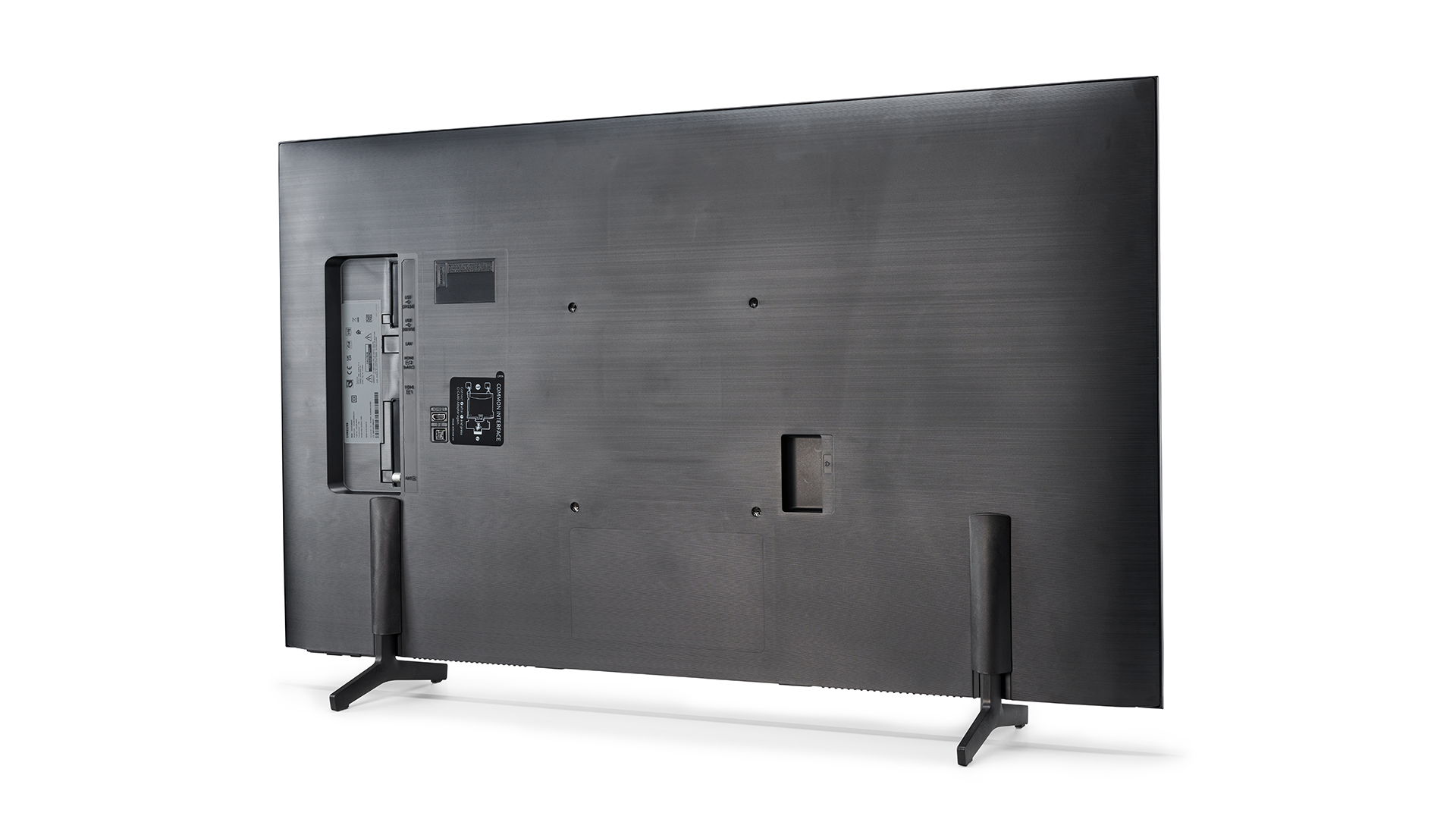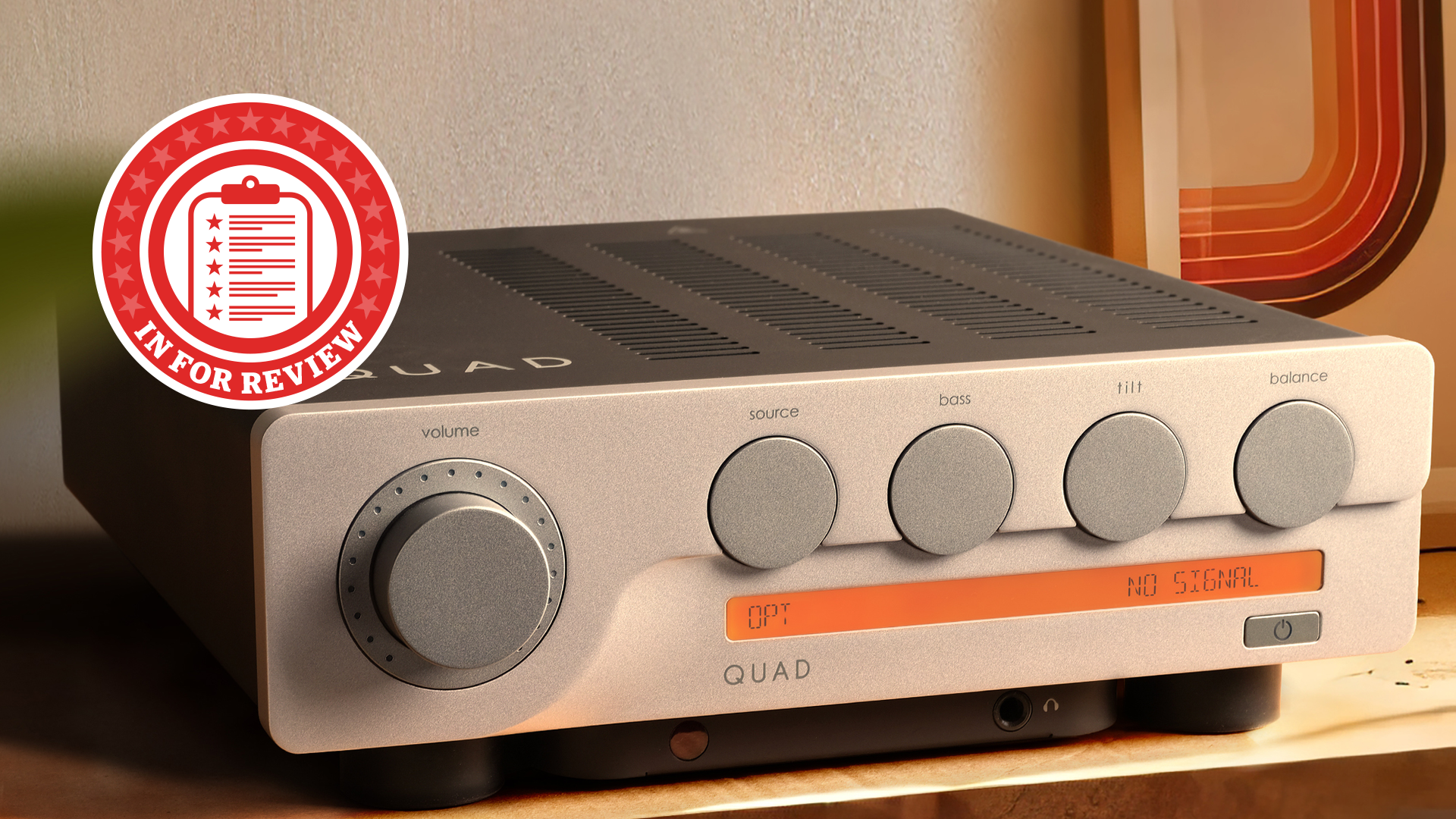What Hi-Fi? Verdict
While it’s badly let down by puny audio, the UE43BU8000 is still a reasonable budget TV option
Pros
- +
Bright, colourful pictures
- +
Attractive and space-saving design
- +
Content-rich smart TV platform
Cons
- -
Backlight clouding during dark scenes
- -
No Dolby Vision support
- -
Feeble sound
Why you can trust What Hi-Fi?
Samsung’s reputation for maintaining more performance quality than most when you start digging into the cheaper models in its range has held good for generations now, raising hopes right away that the UE43BU8000 will prove a chip off the old block.
At the same time, though, other aggressively priced TVs we’ve seen from Samsung’s current range haven’t set our pulses racing as much as expected, partly because of stiffer competition, but also because Samsung’s standards seem to have slipped a touch.
All of which is a long way of saying we really had no idea as we started exploring the UE43BU8000 what sort of treats – or otherwise – it might have up its sleeve.
Price
There was a time not so long ago when paying £479 / AU$795 (around $585) for a moderately well-specified 4K TV from a respected brand would have looked like a steal. These days, though, when you can get decent or better 50-inch TVs such as Toshiba’s 50UK4D63DB for just £329 (around $400 / AU$600) and even 55-inch TVs such as TCL’s 55C735K for just £529 (around $645 / AU$925), the UE43BU8000’s price no longer stands out like it used to.
Still, you are getting a Samsung TV here, with all the TV experience that brings, along with Samsung’s proven Crystal Colour technology and a smart system capable of covering pretty much every streaming service you can think of.
The full product code for the 43-inch BU8000 in Australia is UA43BU8000. It isn’t available at all in the US, where Samsung seems to be focusing on its more premium QLED, OLED and Mini LED ranges.
Design

The UE43BU8000’s ‘AirSlim’ design really helps it stand out from the budget TV crowd, with its 26mm-deep rear creating an almost OLED-like look that’s particularly at home hung on a wall.
The latest hi-fi, home cinema and tech news, reviews, buying advice and deals, direct to your inbox.
The build quality is impressive, too. The skinny chassis isn’t accompanied by scary amounts of bending or flexing and there’s enough heft to it to point to the use of much more heavy-duty materials than the lightweight plastics that typically dominate at this price level.
The UE43BU8000 impressively ships with two remote controls: a standard button-packed one that’s a bit plasticky but actually works very well, and a stripped-back ‘Smart’ remote that features a solar cell on its rear side, making replacing batteries a thing of the past.
For users placing the TV on a bit of furniture rather than a wall, there are separate wide or narrow attachment positions for the supporting feet so that you can accommodate either narrow bits of supporting furniture or different sizes of soundbar. As we’ll see, adding a soundbar to the UE43BU8000 is something you’ll probably want to do sooner rather than later.
Features

The UE43BU8000 doesn’t benefit from any Quantum Dot colour technology, but its screen does get what Samsung calls Crystal Colour; a combination of a relatively wide gamut LCD panel and potent colour processing that’s claimed to serve up a billion different colour shades.
The LCD panel is a VA one, but as you might expect given how slim it is, it’s illuminated by LEDs arranged around its edges rather than placed directly behind the screen. A configuration that can have a negative impact on contrast and black level.
There’s no local dimming either, but that’s probably a sensible decision with an edge-lit TV as, typically, local dimming with edge LEDs results in distracting stripes of light that run across the image.
The panel is only a 50Hz one, so there’s no support for 4K/120Hz gaming. Nor can any of the UE43BU8000’s three HDMI ports handle VRR, leaving ALLM as the only cutting-edge gaming feature on offer.
The set’s Game mode does deliver outstandingly low input lag of just 9.7ms, though, and a Motion Xcelerator feature that uses processing to reduce judder and blur with gaming sources delivers some marginal compensation for the lack of VRR and 4K/120Hz support. Gamers will also be pleased to see Samsung’s Gaming Hub and its collection of streamed gaming platforms, as well as support for the HGiG system, via which the TV can take its HDR tone mapping cues from your console or PC rather than relying on its own internal processing.
The UE43BU8000’s smart system is the latest version of Samsung’s Tizen-based Eden platform. This has undergone quite a transformation over the past 12 months, shifting from a simple couple of rows of content links super-imposed over the bottom of the picture into a full-screen behemoth complete with far more content-showcasing options.

Screen size 43 inches (also available in 50, 55, 60, 65, 70, 75, 75 and 85 inches)
Type LCD with Edge LED backlight
Resolution 4K
HDR formats HLG, HDR10, HDR10+
Operating system Tizen-based Eden platform
HDMI inputs x3
HDMI 2.1? No
Gaming features ALLM, HGiG
ARC/eARC eARC
Optical output? Yes
Dimensions (hwd, without stand) 56 x 97 x 2.6cm
Unfortunately, the sort of content the system typically promotes tends to be of niche interest, to say the least, and navigating through the menus and between the Smart interface and the TV set-up menus can be frustratingly unintuitive. The good news is that aside from not supporting Freeview Play, the UE43BU8000’s smart system is outstandingly rich in apps and video streaming content. All the most popular streaming services are present and correct (including the individual catch-up apps of the UK terrestrial TV services typically found within the Freeview Play app), and all deliver 4K and high dynamic range (HDR) where a service provider carries them.
The only qualification to this concerns Dolby Vision, since as with all Samsung TVs released to date, the UE43BU8000 refuses to play ball with Dolby’s premium HDR format. Instead, it limits its HDR playback to HDR10, HLG and Samsung’s home-grown HDR10+ system.
Wrapping up the Samsung UE43BU8000’s significant features are a couple of audio tricks. First up is a ‘light’ version of Samsung’s Object Tracking Sound (OTS) system, which in this instance combines AI with the TV’s down-firing speakers to simulate a sense of height and make sound effects appear to be coming from the correct place on the TV’s screen. An Adaptive Sound element to the TV’s audio processing can also optimise the sound’s profile to different content types.
The other potentially helpful audio feature is support for Samsung’s Q-Symphony system, where the speakers in the TV can be partnered with the speakers in a Samsung soundbar to create a larger soundstage. For reasons we’ll cover later, though, we have grave doubts about Q-Symphony’s effectiveness on this particular Samsung TV.
Picture

With Samsung’s UE43AU7100 picking up a What Hi-Fi? Award in 2021, we figured it would be interesting to run the brand’s new UE43BU8000 against its venerable predecessor. A hunch that paid off nicely, as it really revealed where Samsung has progressed in some ways but also slipped back in others.
The obvious progression comes with the UE43BU8000’s superior brightness and more vibrant colours. Peak brightness is perhaps only a little up on the UE43AU7100, but the newer TV enjoys a clear brightness boost with full-screen content. Colours look more vibrant yet also more natural, with the extra brightness increasing colour ‘volume’ while Samsung’s latest Dynamic Crystal processor seemingly does a better job of ensuring there’s still lots of subtlety in the UE43BU8000’s colour rendering, despite the extra punch.
There’s no sign of the oddly compressed-looking, basic, detail-light look the 43AU7100 could take on with mid-dark tones either. In fact, the UE43BU8000’s more consistent colour refinement means that pictures, especially during relatively dark scenes, often look more three-dimensional and refined.
Native 4K sources look a touch sharper and more detailed too, again thanks in no small part to the more refined colour rendering, while upscaled HD is a cut above the budget norm in terms of both its sharpness and its freedom from video noise.
The UE43BU8000 regresses compared to the UE43AU7100 with its backlight. Basic black levels are actually similar between the two, but the newer model exhibits much more backlight clouding and is more prone to crushing subtle details in dark areas – even if you use the UE43BU8000’s newly added Filmmaker mode preset.
The clouding is aggressive enough in one or two areas of the screen to be genuinely distracting if you’re watching the TV in any remotely dark room set-up, while the lost shadow details can leave dark scenes looking flatter and more hollow than bright ones.
The sense of contrast is actually higher on the UE43BU8000 thanks to the extra brightness it infuses into light picture areas and the fact that its blooming issues are less obvious where a picture contains a mix of light and dark content. But, overall, the UE43AU7100 delivers the more balanced and immersive dark scene performance – at least in a relatively dark room.
That said, most people actually spend relatively little time watching TV in a dark environment – and that will likely be even more true with the sort of second room set-ups the UE43BU8000 might well find itself in. So while we might wish that Samsung hadn’t lost its old touch with backlight uniformity (especially if it has been sacrificed on the altar of achieving the UE43BU8000’s super-slim design), for many potential buyers the advantages of the new TV’s extra brightness and colour punch will likely outweigh its extra dark scene flaws.
It’s worth adding, finally, that we also ran the UE43BU8000 against Xiaomi’s surprisingly decent F2 TV. Both these sets are similar when it comes to brightness and colour vibrancy, but the Samsung displays noticeably more subtlety in its colours, reproduces 24p movie sources with significantly reduced motion blur, suffers less with clipping in very bright HDR areas, and endures less shadow detail crushing in dark scenes.
Sound

The pleasingly upfront quality to the UE43BU8000’s pictures isn’t replicated at all by its audio. On the contrary, it sounds almost painfully thin and low on impact, with practically no forward projection. Everything seems to be happening behind the screen, in some movie world far removed from your own.
The mid-range is far too underpowered and narrow to allow for any serious expansion as an action scene starts heating up. In fact, the sound collapses back in on itself under any sort of duress.
The best you can say about the UE43BU8000’s feeble sonics is that they manage to push the sound a reasonable distance beyond the screen’s left and right sides, and that while bass is in extremely short supply, what there is of it does at least know its limitations, and so doesn’t fall prey to lots of crackling or buzzing interference.
The temptation to add a soundbar to the UE43BU8000, though, may well quickly become a borderline necessity. Bear in mind if you do so, though, that the TV’s speakers are so lightweight that we seriously doubt their ability to sound convincing when combined with a Samsung soundbar in Q-Symphony mode. Probably best just to pick a decent soundbar, Samsung branded or otherwise, and let that run by itself.
Verdict

While the UE43BU8000 doesn’t have enough audio power to bring good movie or game soundtracks to life, its pictures are bright, colourful, sharp and, notwithstanding some surprising backlight clouding in dark scenes, more refined than those of your average budget TV. Still, you can buy better (and bigger) for very similar money.
SCORES
- Picture 4
- Sound 2
- Features 4
MORE:
Read our review of the Xiaomi F2
Also consider the TCL 43RP620K
Best cheap TVs: the best 4K TVs under £500
John Archer has written about TVs, projectors and other AV gear for, terrifyingly, nearly 30 years. Having started out with a brief but fun stint at Amiga Action magazine and then another brief, rather less fun stint working for Hansard in the Houses Of Parliament, he finally got into writing about AV kit properly at What Video and Home Cinema Choice magazines, eventually becoming Deputy Editor at the latter, before going freelance. As a freelancer John has covered AV technology for just about every tech magazine and website going, including Forbes, T3, TechRadar and Trusted Reviews. When not testing AV gear, John can usually be found gaming far more than is healthy for a middle-aged man, or at the gym trying and failing to make up for the amount of time he spends staring at screens.

